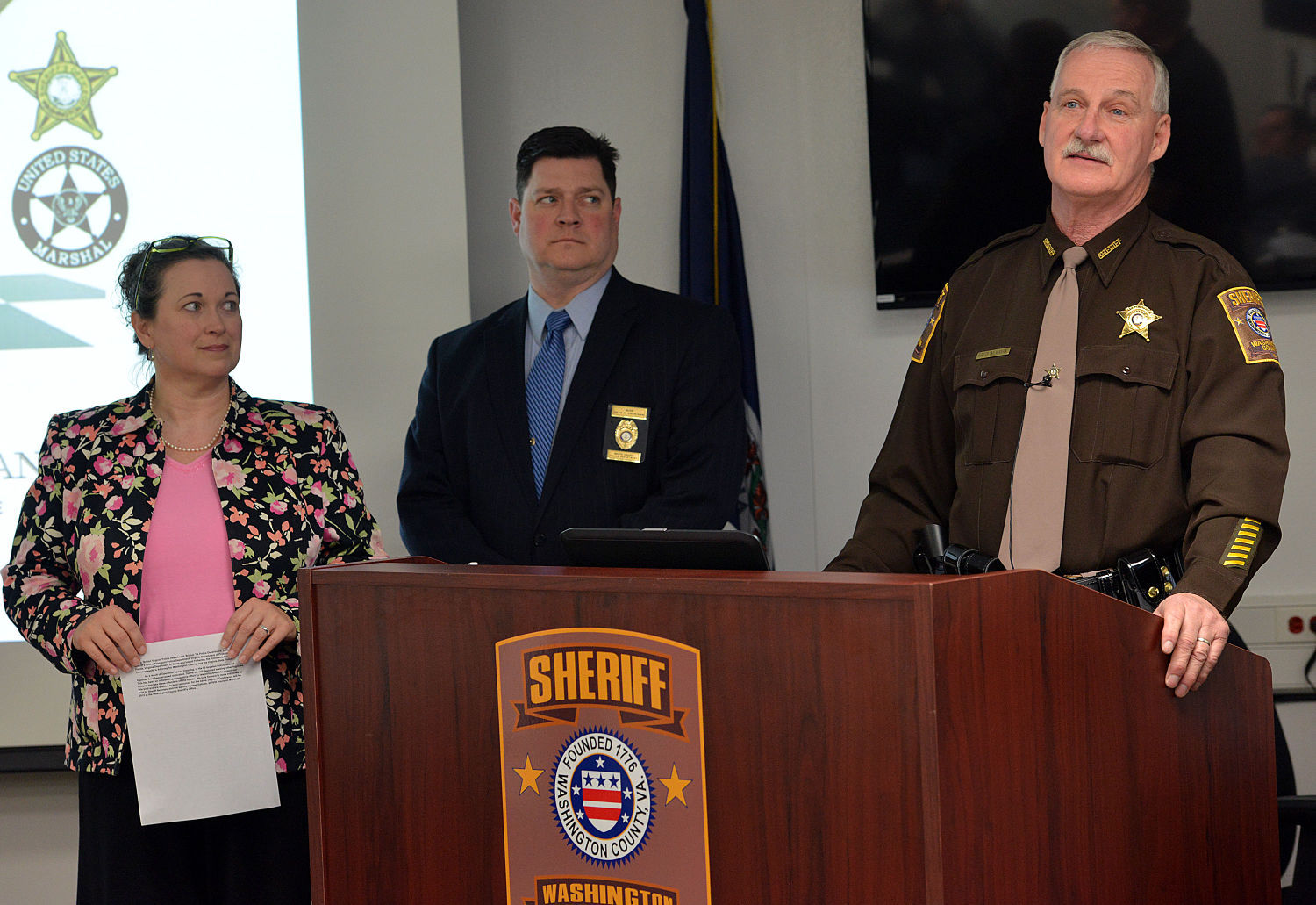
The AMU is tasked with applications development and technology transfer to improve forecasts for space operations with spinoff benefits to public forecast and warning operations. October 1991 - Joint NASA, USAF, NWS agreement establishing the Applied Meteorology Unit (AMU) completed. Dedicated users include the USAF at Cape Canaveral and Patrick AFB, and NOAA's Spaceflight Meteorology Group at Johnson Spaceflight Center in Houston, and the Applied Meteorology Unit at Kennedy Space Center. The Melbourne WSR-88D supports the Nation's Space Program. October 1991 - The second WSR-88D in the Nation the first in a sub-tropical, maritime climate, begins operational use at Melbourne. NWS Melbourne, USAF, and National Center for Atmospheric Research (NCAR) meteorologists collaborate on improving short-range forecasts of thunderstorm initiation. A major research project investigating Florida thunderstorms, lightning and rainfall and involving over 200 scientists. Summer 1991 - NWS Melbourne hosts Operations Center for Convection and Precipitation/Electrification Experiment (CaPE). January 1991 - Construction begins on second WSR-88D (NEXRAD) system in the Nation at WFO Melbourne! Responsible for forecasting all of Florida rivers except western panhandle.

June 1990 - Melbourne Hydrologic Service Area (HSA), the first in state history is established.

January 1990 - First Science and Operations Officer (SOO) in the Nation reports at Melbourne. October 1989 - Forecast and warning operations begin for Brevard, Indian River, Lake, Orange, Osceola and Seminole Counties. July 1989 - Melbourne becomes first NWS field office completed under the National Modernization and Associated Restructuring (MAR) of the NWS. For more about NWS Melbourne, visit our StoryMapĭecember 1988 - Construction of new NWS Weather Forecast Office (WFO) at Melbourne Regional Airport begins.Īpril 1989 - Meteorologist In Charge reports for duty.


 0 kommentar(er)
0 kommentar(er)
